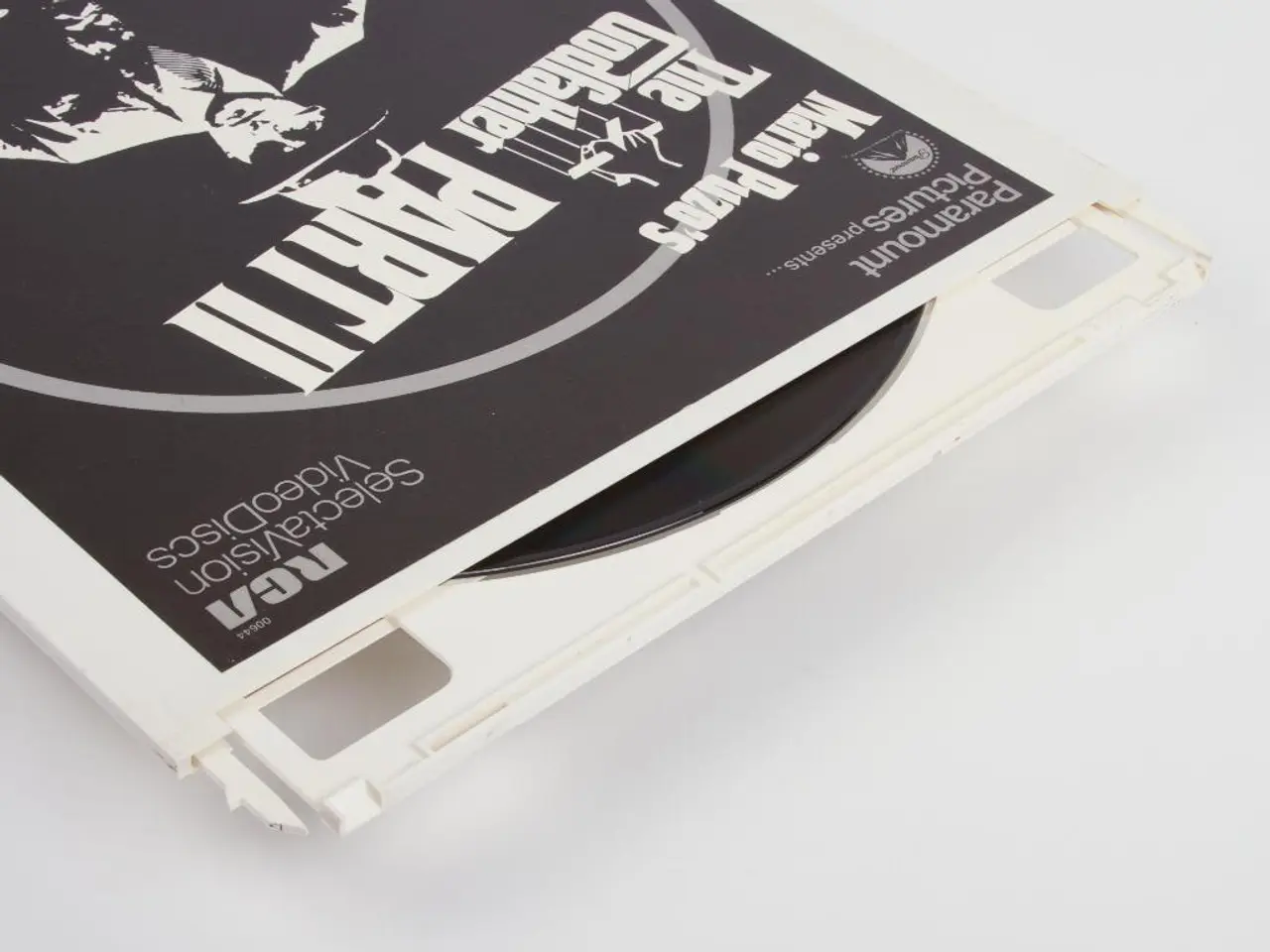Bypassing DRM Protection on Abandoned Software, reminiscent of the year 1999
======================================================================================================
In the year 2000, the first step to run the classic game "Michelin Rally Masters: Race of Champions" was to crack its copy protection, a well-known DRM countermeasure known as LaserLock. This process required meticulous reverse engineering and a deep understanding of the game's code.
The journey began with obtaining the original LaserLock-protected CD, which was inspected to identify its unique data patterns and behaviours. Next, the game's crashing code was de-obfuscated, with the assembly code analysed to pinpoint where and how the DRM checks were enforced.
Comparing the system's responses when the original disc was physically inserted versus when running from an ISO image (a digital copy) was crucial. The focus was on the differences triggered by the DRM, shedding light on its underlying principles.
While some tools were used to assist, much of the work involved tedious manual examination of assembly instructions and system calls. After understanding how LaserLock protected the game, the assembly or binary code was modified to bypass the disc check, enabling the game to run without the original CD.
Despite this involved effort, fully getting the game to work on modern systems like Windows 11 remained a challenge even after cracking the DRM. This highlights the difficulty of such protections, which have evolved over time to keep pace with technological advancements.
As of the article's publication, an individual named Nathan has not succeeded in getting the game to work on Windows 11. Nathan is, however, demonstrating the process of cracking LaserLock to understand how it was done in the past.
It's worth noting that "Michelin Rally Masters: Race of Champions" was developed by DICE, a studio later acquired by EA and known for the Battlefield franchise. The game was developed before the widespread use of the internet, making the process of cracking its copy protection even more challenging.
The cracking of "Michelin Rally Masters: Race of Champions" serves as an example of the history of game copy protection and the efforts to bypass it. It underscores the cat-and-mouse game between developers and crackers, a game that continues to this day.
[1] Source: Nathan's personal documentation on the cracking process of LaserLock on Michelin Rally Masters: Race of Champions.
Hacking the game "Michelin Rally Masters: Race of Champions" in the past required understanding the tech behind gadgets like CD drives and the DRM (Digital Rights Management) system called LaserLock. To bypass this system, hackers utilized technology to de-obfuscate the game's crashing code and analyze its assembly instructions, ultimately modifying the binary code to make the game run without the original CD.




